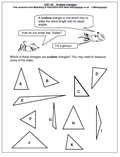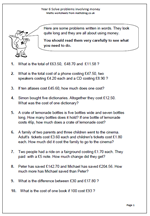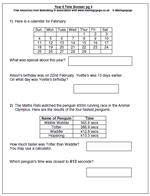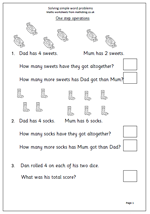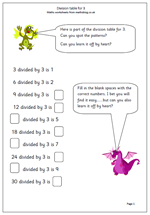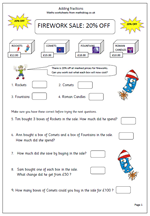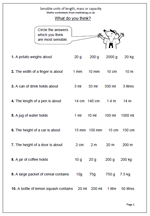 By year 4 it is important that children have a good understanding of the units used to measure and what kind of unit would be sensible to estimate or measure length, mass or capacity.
By year 4 it is important that children have a good understanding of the units used to measure and what kind of unit would be sensible to estimate or measure length, mass or capacity.
They should be able to respond to questions such as;
‘About how heavy is a tennis ball?’
or
‘Would you expect a bungalow to be 2 metres, 6 metres or 60 metres tall?’
They should also be able to suggest things that could be measured in:
millimetres, centimetres, metres or kilometres
kilograms or grams
litres or millilitres.
This page takes a look at some common objects and what would be the most sensible estimate of them. it can be found in our Year 4 Measuring category.
